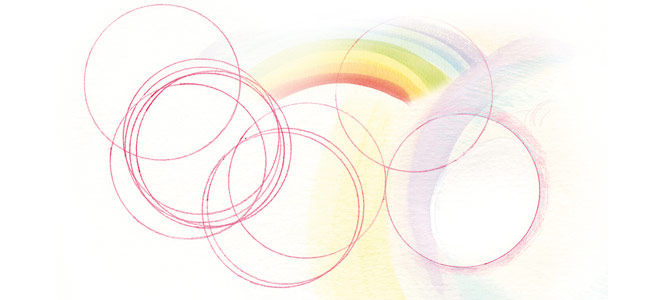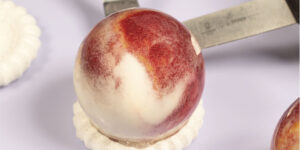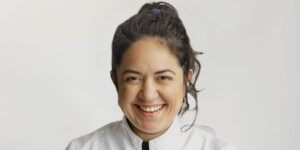Author:
Alberto Ruiz
TAGS #

French pastry chefs have proposed to remove titanium dioxide (E171), that fine powder that provides a bright white pigment making cakes and bonbons radiate with a dazzling light. Apparently, this innocent-looking additive could be responsible for negative effects on the immune system and the development of lesions in the colon.
Beyond the pernicious effects for health, titanium dioxide exemplifies another type of toxicity that has invaded pastry in recent times turning display cases into garish pantones. There is little or no point in portraying the idea of natural and artisan pastry to consumers if it will later be covered in a shrill, multi-colored, and artificial coat.
It is true that we have published a good number of colored creations in previous years. Moreover, at the time, we welcomed the arrival of color with enthusiasm. But as often happens, use has become overuse, and what could be a refreshing and always nuanced chromatic point has ended up turning into an unbearable rainbow.
We take advantage of this “White, in the crosshairs” that the French have initiated to call upon reflection. Pastry, like cuisine, is a part of gastronomy, that is to say, it is of the most refined and excellent current of food. It is not therefore just candy or a snack. The ingredients and natural products already offer a chromatic palette rich enough so that it is not necessary to overuse artificial colors.
It is worth remembering the anecdote of the great ice cream master Angelo Corvitto when they gave him a “Smurf” ice cream to try. After observing the intense blue color of what was offered, Corvitto asked: How many Smurfs have you had to crush to get that tone?


